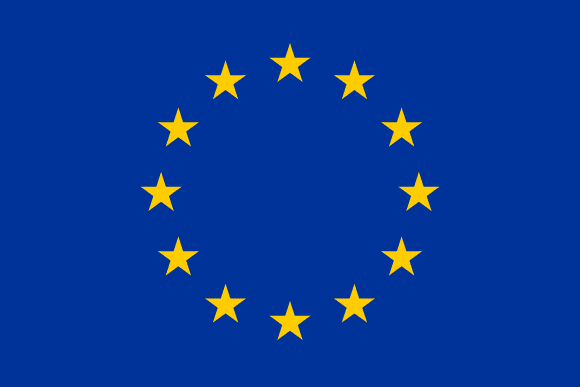- Acronym: EU
- Type: Supranational Union
- Membership: 27 member states
- Establishment: Established with the Maastricht Treaty on 7 February 1992
- Official Language(s): 24 official languages, including English, French, German, Italian, Spanish, Polish, etc.
- Headquarters: Brussels, Belgium
The European Union (EU) is a unique economic and political union between 27 European countries that together cover much of the continent. It has delivered over half a century of peace, stability, and prosperity, helped raise living standards, and launched a single European currency, the euro.
European Union History
The EU was created in the aftermath of the Second World War. The first steps were to foster economic cooperation, with the idea that countries that trade with one another become economically interdependent and so more likely to avoid conflict. The result was the European Economic Community (EEC), created in 1957, which has since evolved into the European Union (EU), established under the Maastricht Treaty in 1992.
European Union Structure
The EU operates through a hybrid system of supranational independent institutions and intergovernmentally made decisions negotiated by the member states. Key institutions include:
- The European Parliament: Represents EU citizens and is directly elected by them.
- The European Council: Consists of the Heads of State or Government of the member states.
- The Council of the European Union: Represents the governments of the member states.
- The European Commission: Promotes the general interest of the EU by proposing and enforcing legislation as well as by implementing policies and the EU budget.
- The Court of Justice of the European Union: Ensures EU law is interpreted and applied the same in every EU country; ensures countries and EU institutions abide by EU law.
- The European Central Bank: Responsible for monetary policy in the eurozone countries.
European Union Membership
The EU has 27 member states, each with its own unique culture, language, and political system. Each member state is sovereign but has chosen to pool certain aspects of its sovereignty to gain strength and the benefits of size.
European Union Objectives
Promoting Peace and Wellbeing
The EU’s main objective is to promote peace, its values, and the well-being of its citizens.
Offering Freedom, Security, and Justice
The EU aims to offer its citizens an area of freedom, security, and justice without internal frontiers, in which the free movement of persons is ensured.
Sustainable Development
The EU is committed to sustainable development based on balanced economic growth and price stability, a highly competitive market economy with full employment and social progress, and environmental protection.
Economic and Monetary Union
Establishing an economic and monetary union whose currency is the euro is one of the central objectives of the EU.
European Union Funding
The EU’s budget is funded from its own resources. These include customs duties, contributions based on the value-added tax (VAT), and contributions based on the gross national income (GNI) of the member states.
European Union Projects
Horizon Europe
A key funding program for research and innovation, aiming to drive scientific breakthroughs, innovations, and discoveries.
European Green Deal
A set of policy initiatives aiming to make the EU’s economy sustainable by turning climate and environmental challenges into opportunities.
European Union Members
Member States
- Austria
- Belgium
- Bulgaria
- Croatia
- Cyprus
- Czech Republic
- Denmark
- Estonia
- Finland
- France
- Germany
- Greece
- Hungary
- Ireland
- Italy
- Latvia
- Lithuania
- Luxembourg
- Malta
- Netherlands
- Poland
- Portugal
- Romania
- Slovakia
- Slovenia
- Spain
- Sweden
The European Union stands as a symbol of peace, democracy, and prosperity. With its complex but well-structured system of governance, the EU continues to address challenges and opportunities both within Europe and globally, shaping policies and initiatives that have far-reaching impacts. The union’s commitment to sustainable development, economic growth, and fostering a peaceful and stable continent makes it a key player on the world stage.

